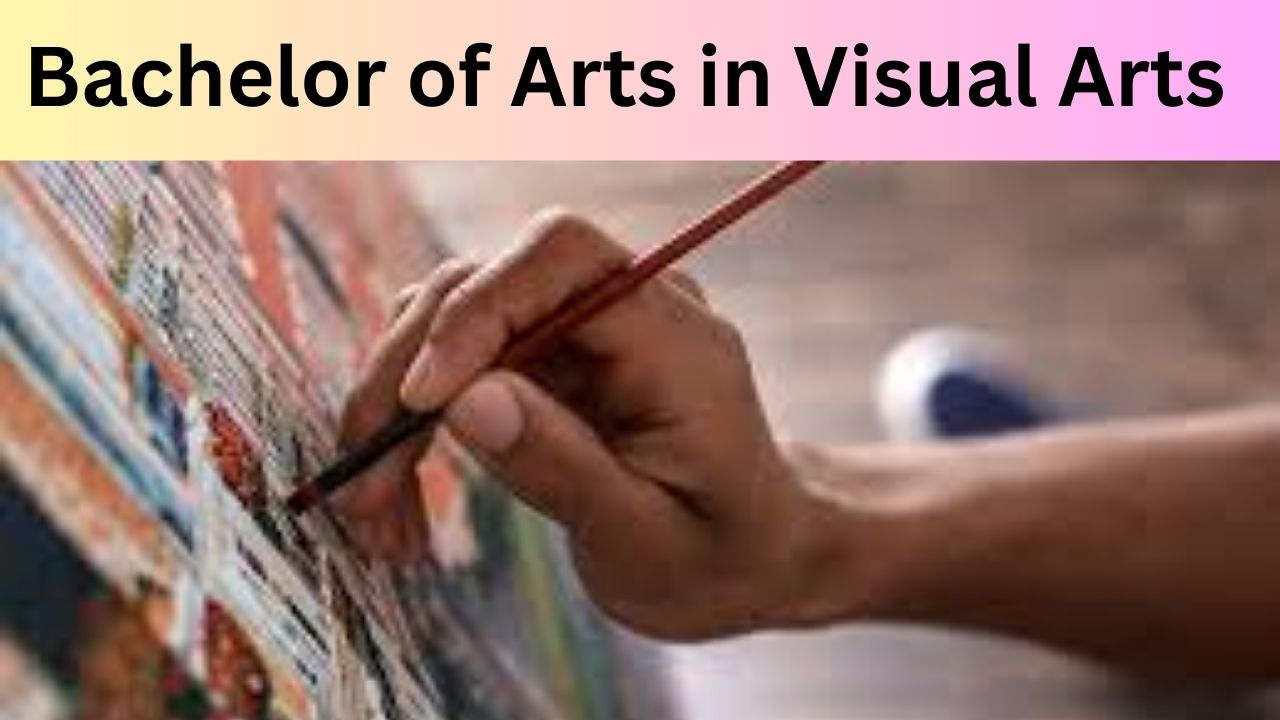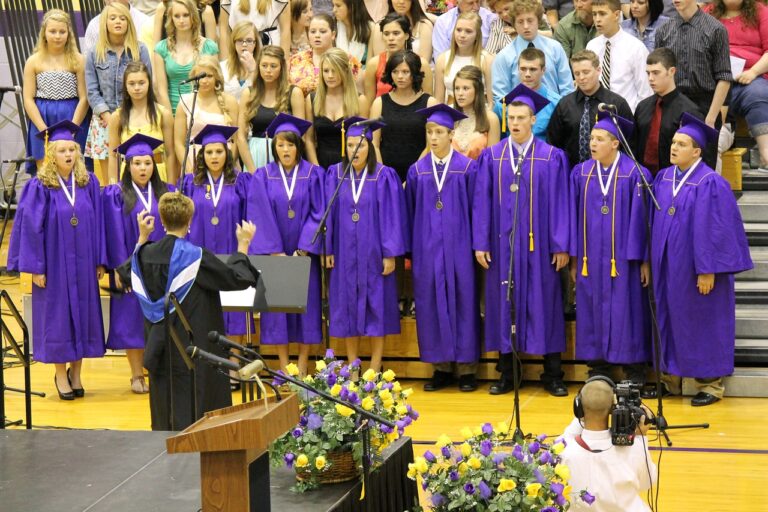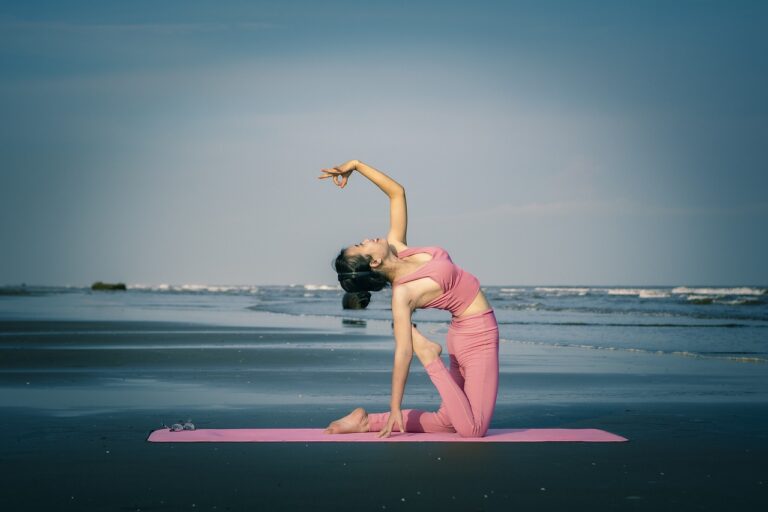Understanding Visual Culture – Bachelor of Arts in Visual Arts

Visual arts encompass a rich tapestry of human expression, from traditional paintings and sculptures to modern digital media and installations. Pursuing a Bachelor of Arts in Visual Arts immerses students in the exploration of visual culture, nurturing creativity and critical thinking while preparing them for diverse career opportunities in the art world and beyond.
Course Overview
A Bachelor of Arts in Visual Arts typically spans over three to four years of undergraduate study. This dynamic program blends studio practice with art history and theory, offering students a comprehensive understanding of artistic techniques, aesthetics, and cultural contexts. Through hands-on experience and theoretical exploration, students engage with various mediums such as drawing, painting, photography, sculpture, and digital arts, cultivating their artistic voice and technical skills.
Key Skills and Competencies
Throughout the program, students develop a wide range of skills essential for success in the visual arts field:
- Creative Expression: Exploring different artistic mediums and techniques to develop a unique artistic style and voice.
- Critical Analysis: Learning to analyze and interpret artworks within their historical, cultural, and social contexts.
- Technical Proficiency: Mastering skills in various art forms, from traditional to digital media, and understanding their application in contemporary art practices.
- Professional Development: Gaining insights into art exhibition practices, art market dynamics, and portfolio development to prepare for careers in the arts.
Career Opportunities
A degree in Visual Arts opens doors to a variety of career paths in both traditional and emerging fields:
- Fine Artist
- Graphic Designer
- Art Director
- Curator or Museum Educator
- Art Therapist
- Illustrator
- Digital Media Artist
Visual arts graduates can also pursue freelance opportunities, work in advertising agencies, design firms, galleries, and cultural institutions, contributing their creative talents to diverse industries.
Conclusion
Studying Visual Arts is more than mastering techniques; it’s about exploring visual culture, expressing ideas, and influencing perspectives through artistic creativity. Whether you aspire to create meaningful artworks, shape visual narratives, or contribute to cultural dialogue, a Bachelor of Arts in Visual Arts provides a solid foundation for a fulfilling career in the vibrant world of visual culture.






